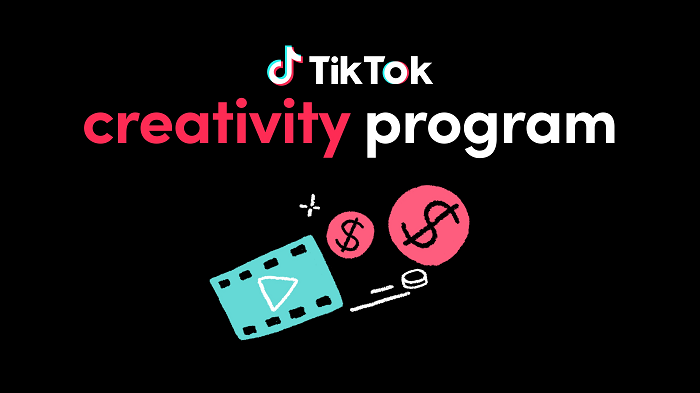TikTok is still looking for new ways to pay creators a portion of their earnings, and this time it’s trying out a new “Creativity Program” that it’s starting in beta with a few chosen creators.
TikTok’s Creativity Program, which differs from the platform’s current Creator Fund, seeks to compensate creators for uploading longer videos by only funding videos longer than a minute.
As per TikTok:
“To be eligible for the Creativity Program Beta, users will need to be at least 18 years old, meet the minimum follower and video view requirements, and have an account in good standing. To start earning, creators must create and publish high-quality, original content longer than one minute. Creators will have access to an updated dashboard to view video eligibility, estimated revenue, and video performance metrics and analytics.”
This is a departure from TikTok’s typical short-form strategy, and it’s possible that by lengthening videos, TikTok will have more room to increase interaction and better monetize.
But aside from these specifics, the entire procedure is, at least at this point, pretty hazy. According to TikTok, payments will be based on “qualified views and RPM” and the new method will not reroute money from advertisements.
“Creators already enrolled in the TikTok Creator Fund can switch to the Creativity Program, and those that are not enrolled can apply to the new program once available. Creators currently enrolled in the TikTok Creator Fund can choose to switch to the Creativity Program Beta.”
TikTok’s Creator Fund, which allows creators to draw from a predetermined pot of money, has come under fire for its inconsistent payouts and even declining financing, despite an increase in creator view counts. In essence, the static funding model doesn’t really function as a consistent, dependable source of income, which has led some creators to turn to other platforms in its place.
The big victor on this front is YouTube. While testing its new Shorts funding programme, which will see all Shorts ad revenue shared with qualified creators based on view counts, YouTube’s Partner Program already has a well-established revenue share procedure in place.
It’s too soon to tell how successful that programme will be, but a more direct line of revenue sharing, from ads to creators, means that as ad income rises, creators will also earn more money rather than having a fixed fund that doesn’t change.
Although it has been noticed, it appears that TikTok’s new Creativity Program isn’t following that course of action. Nonetheless, that seems like a better, more sustainable course of action. Although TikTok hasn’t provided any details, it is expecting that this will be a better alternative to the current procedure.





